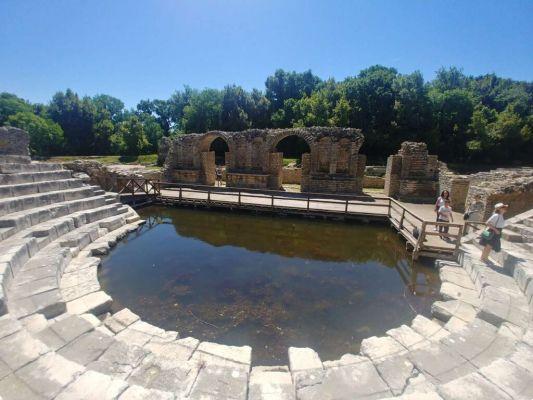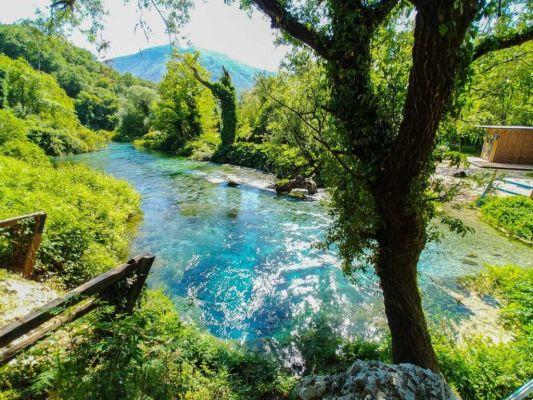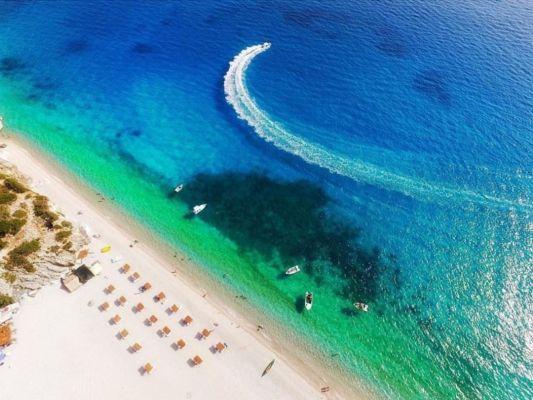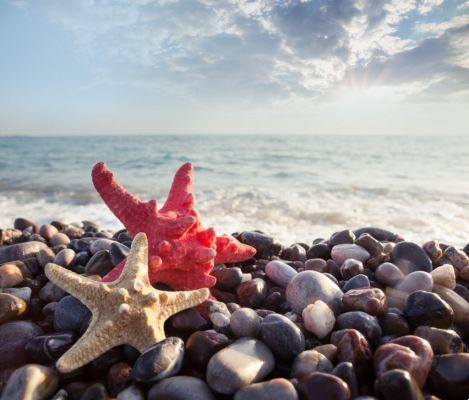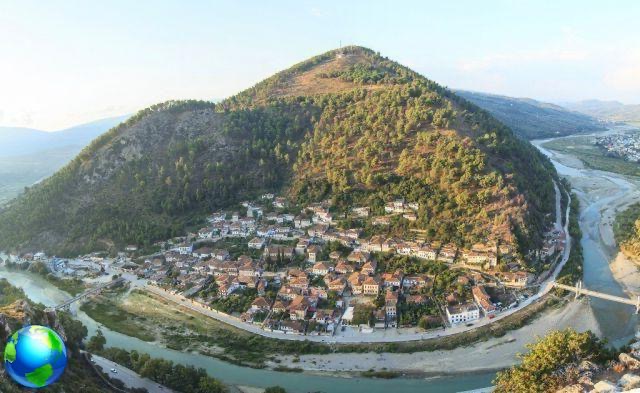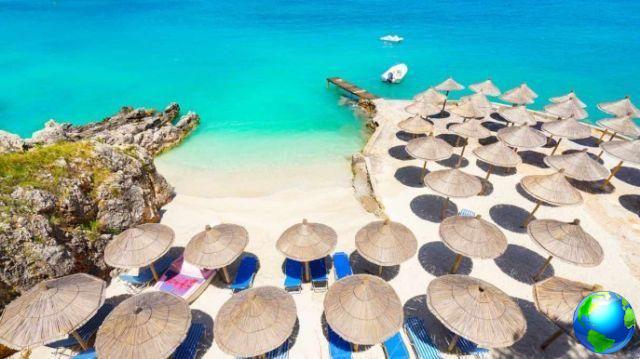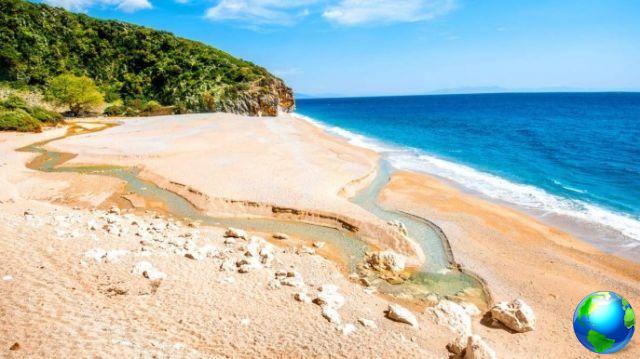
Although it is said that the most beautiful beaches in theAlbania are south of Saranda, along the so-called Albanian Riviera, there is one which, on the contrary, is located about seventy kilometers north of the city, and it is the beach of Gijpe.
The Albanians know it well and try to keep it secret, but unfortunately tourists have also discovered it and therefore we might as well tell how wonderful it is.
It is always found along the southern coast of Albania, where the sea is crystal clear and it is easy to see small beaches and coves, in an area hidden by rocks, surrounded by fragile rock walls and thick green vegetation, famous for its canyons.

Right at the bottom of the canyon di Gijpe an inlet of light sand appears overlooking crystalline waters. A natural corner that is unequaled in the country.
To get there you have to walk about four kilometers from the main road along a small path. It is a very pleasant and non-demanding walk, with a fantastic view of the sea and the southern coast of Albania.

For those who are more experienced and want to challenge themselves, Gjipe beach can also be reached by hiking through the canyon. This route, not marked by any sign, is much more demanding, you have to descend from some heights and it is not at all easy to retrace it for the return. Fun is finally reaching Gjipeña board a kayak rented in nearby jala beach, the most famous of the resort of Himare which is equally beautiful, but much busier.

If in the summer months it can be more crowded than usual, you can find some umbrellas available for hire and there are too a small kiosk where to buy something to eat. The ideal is to stay overnight in the small campsite – open only in high season – or pitch a tent on the beach to enjoy the view, with a visit to the ruins of the monastery of San Teodoro, and moments of silence in the evening and in the early morning without everyone arriving.
Not far from Gjipe beach, in Radhime and Llogara, two info points have recently been opened for tourists in the area, built as part of the NaturAl project, financed by the European Union and implemented by the Italian Cooperation.





